How to Connect Your Xbox to a Gaming Monitor for Competitive Play
16 December 2024
So, you've decided to step up your gaming experience by connecting your Xbox to a gaming monitor. Good call! Gaming monitors have lower input lag, faster refresh rates, and overall better responsiveness than most TVs, making them the go-to choice for competitive gaming. But, how do you set it up? Don’t worry. I’ve got your back. In this guide, I’ll walk you through everything you need to know to get your Xbox and gaming monitor working together seamlessly. Ready? Let’s dive in.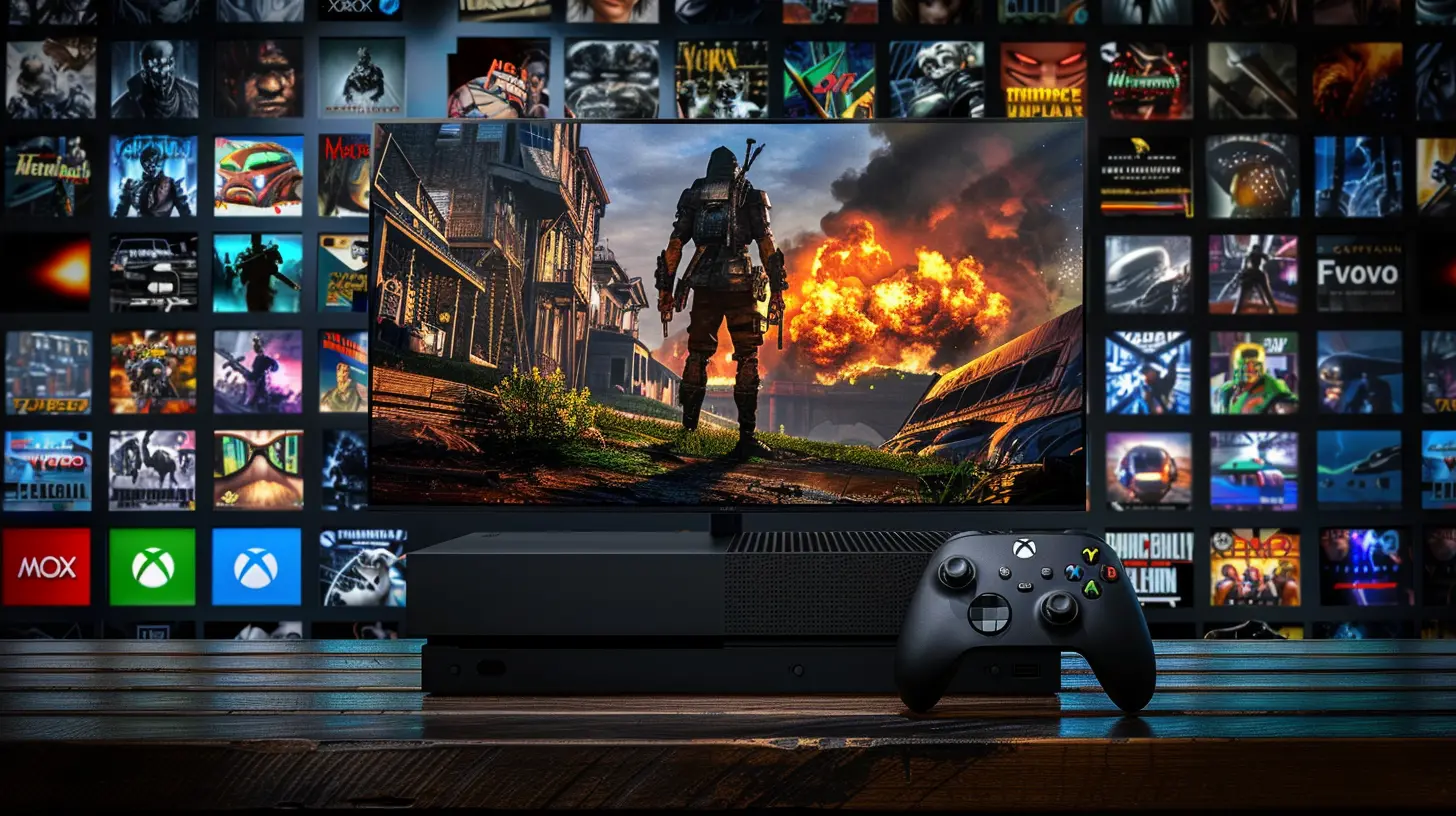
Why Use a Gaming Monitor for Your Xbox?
Before we get into the nitty-gritty of cables and ports, let’s talk about why a gaming monitor is a game-changer for competitive play.Faster Response Times
Unlike most standard TVs, gaming monitors are built for speed. They boast ultra-low response times as quick as 1ms, meaning every command you input on your controller translates instantly to the screen. In competitive gaming, even a split-second delay can make or break your performance.Higher Refresh Rates
Many gaming monitors offer refresh rates of 120Hz, 144Hz, or even higher. This ensures buttery-smooth visuals during fast-paced games like Call of Duty, Fortnite, or Halo Infinite. Pair a high refresh rate with your Xbox Series X or S, and you’re in for some seriously fluid gameplay.Compact and Desk-Friendly
Gaming monitors are designed with desk setups in mind. If you like sitting close to your screen for immersive gameplay or have a limited amount of space, a monitor fits better than a bulky TV. Plus, it’s easier to tweak the position for an ergonomic view.Now that you know why a gaming monitor is an excellent choice, let’s move on to the actual setup process.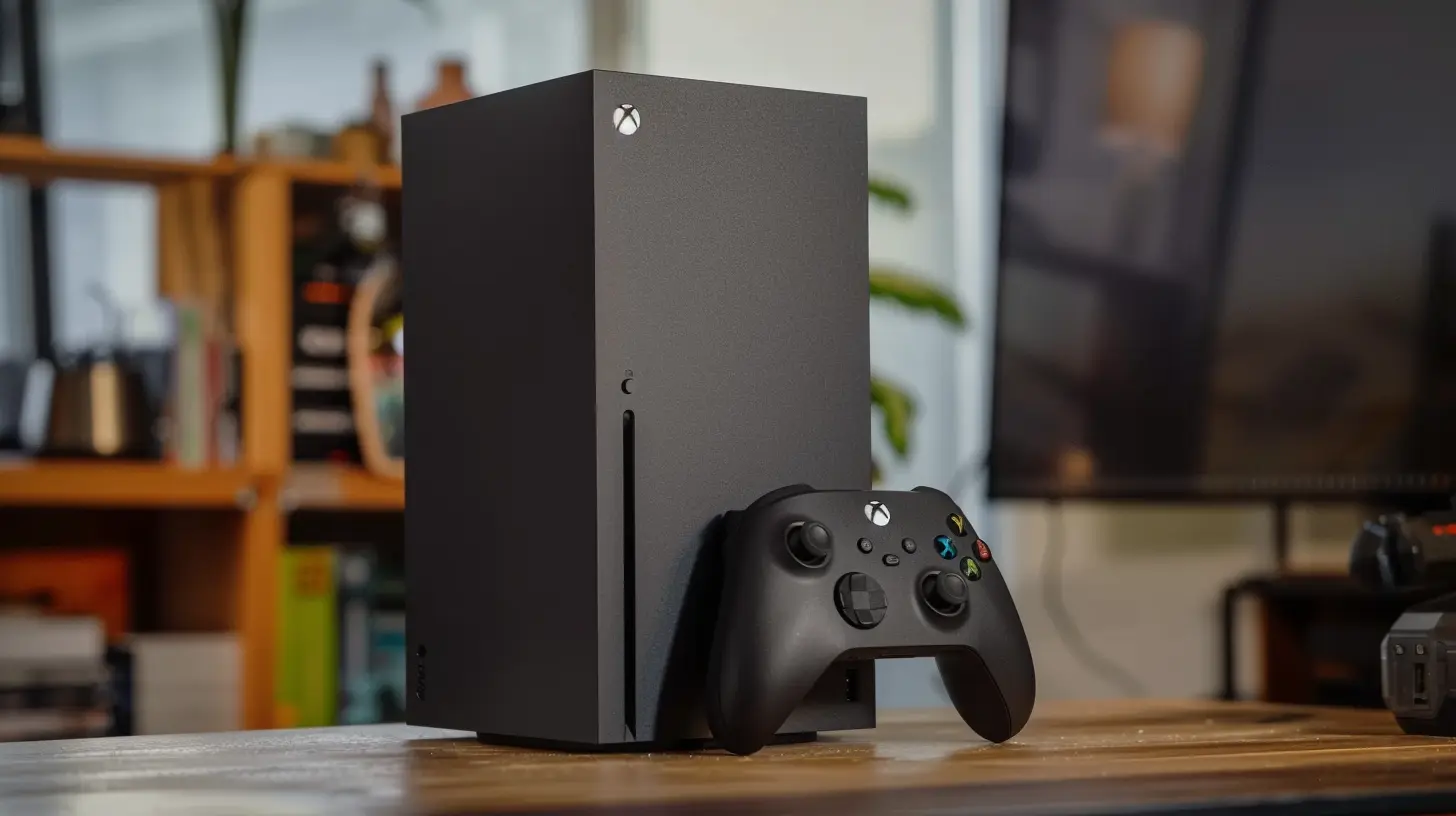
What You'll Need for Setup
Before we get started, make sure you have these essentials handy:1. Your Xbox Console: Whether it’s the Xbox Series X, Series S, or Xbox One, the process is mostly the same for all models.
2. Gaming Monitor: Ensure it has the right ports (we’ll cover this in the next section).
3. HDMI Cable: High-Speed HDMI for Xbox One, and HDMI 2.1 for the Xbox Series X/S to make the most of features like 4K resolution and 120Hz refresh rates.
4. Power Supply: For both your Xbox and monitor.
5. Controller: Wired or wireless, whichever you prefer.
6. Optional Accessories: A headset, external speakers, or a USB hub depending on your setup needs.
Are we good to go? Awesome. Now let’s set it all up.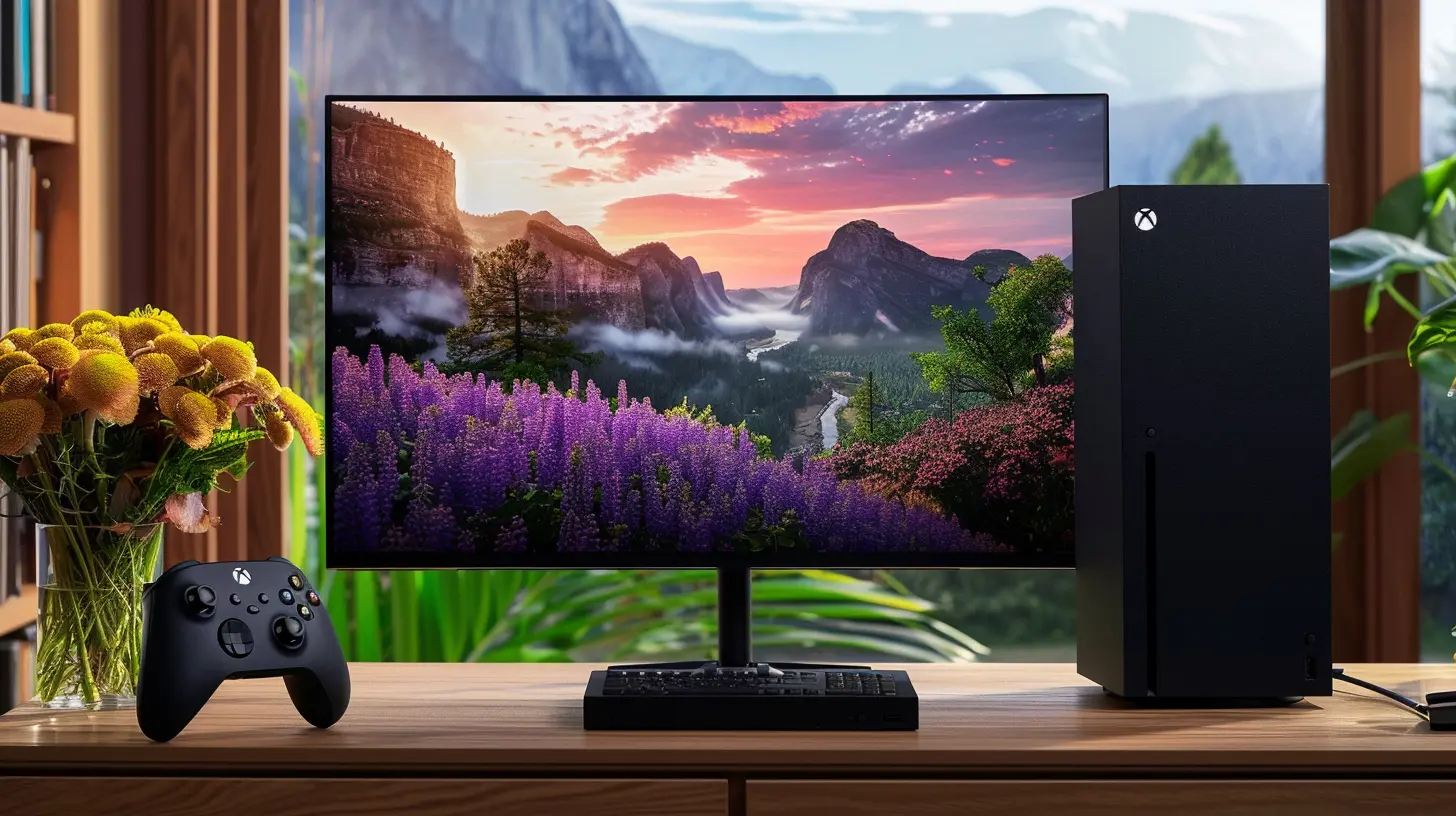
Step-by-Step Guide to Connecting Your Xbox to a Gaming Monitor
Step 1: Check Your Monitor’s Ports
Flip your gaming monitor around and locate the input ports. Most gaming monitors have an HDMI port, which is what you’ll use to connect your Xbox. Newer models may also have DisplayPort, but let’s focus on HDMI since Xbox consoles don’t support DisplayPort.Quick Tip: If your monitor has multiple HDMI ports, pick the one labeled as “HDMI 2.0” or “HDMI 2.1” for the best performance.
Step 2: Plug In the HDMI Cable
Take the HDMI cable that came with your Xbox and connect one end to your console’s HDMI Out port. Next, plug the other end into the HDMI port on your monitor.For Xbox Series X/S: To enable features like 4K at 120Hz, make sure you’re using an HDMI 2.1 cable and a monitor that supports HDMI 2.1.
For Xbox One: A standard High-Speed HDMI cable will do the trick since the Xbox One doesn’t support 120Hz at 4K.
Step 3: Power Everything On
Once the HDMI cable is connected, power up both your Xbox and gaming monitor. If everything is hooked up properly, your Xbox’s home screen should appear on the monitor. If you’re staring at a blank screen, double-check the connections and ensure you’ve selected the correct input source on your monitor.Step 4: Optimize Display Settings
Now that your Xbox is up and running on your gaming monitor, let’s optimize the display settings for the smoothest experience.1. Go to the Xbox Settings: Navigate to `Settings > General > TV & Display Options`.
2. Set the Resolution: If your monitor supports it, set the resolution to 4K UHD or 1440p. If your monitor is 1080p, select 1080p.
3. Adjust Refresh Rate: For monitors that support high refresh rates, switch to 120Hz under “Refresh Rate.”
4. Calibrate Your Display: Use the “Calibrate TV” function in the display settings to tweak brightness, contrast, and color for the best visual experience.
Quick Note: Make sure your monitor's settings also match the Xbox's output. Some monitors have a built-in menu (accessible via buttons on the screen) where you can enable features like “Game Mode” or “Adaptive Sync.”
Step 5: Connect Accessories
Want immersive audio? Most gaming monitors don’t have stellar built-in speakers, so you might want to:- Use a Headset: Plug it directly into your Xbox controller or monitor (if it has a headphone jack).
- Connect External Speakers: Many monitors have a 3.5mm audio-out port for hooking up speakers. Alternatively, you can use an optical audio adapter with your Xbox.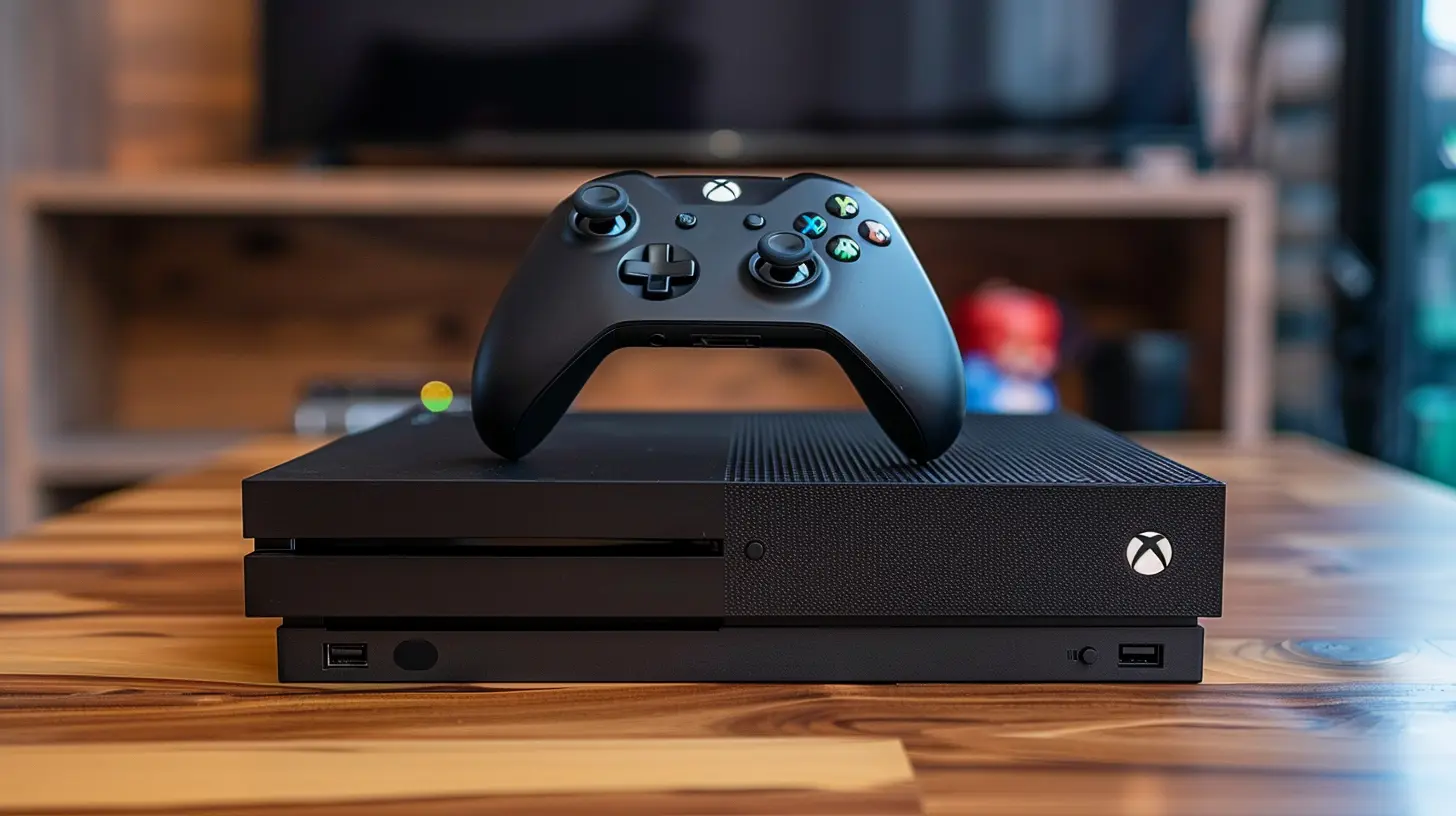
Troubleshooting Common Issues
What if things don’t go as smoothly as you’d hoped? Fear not! Here are some common issues and how to fix them.No Signal on the Monitor
- Double-check that the HDMI cable is securely connected to both the Xbox and the monitor.- Make sure your monitor is set to the correct input source (e.g., HDMI 1 or HDMI 2).
- Try a different HDMI cable or port if the problem persists.
Poor Image Quality
- Ensure you’re using the right HDMI cable (HDMI 2.1 for 4K at 120Hz).- Check your Xbox display settings—ensure the resolution matches your monitor’s native resolution.
- Verify that your monitor has features like Game Mode or Low Latency Mode enabled.
No Sound
- If using external speakers or headphones, ensure they’re properly connected.- Go to `Settings > Volume & Audio Output` on your Xbox and select the appropriate audio output (e.g., HDMI or Headset).
Tips for the Best Competitive Gaming Experience
Let’s level up your setup with some pro tips:1. Enable Game Mode on Your Monitor: Game Mode minimizes input lag, giving you faster reactions during gameplay.
2. Use a Wired Connection for Internet: A wired Ethernet cable is more reliable than Wi-Fi, reducing lag and packet loss in online games.
3. Position Your Monitor at Eye Level: This reduces neck strain and helps maintain focus during long gaming sessions. A monitor arm can help with this.
4. Tweak Your Color Settings: Vibrant colors make it easier to spot opponents. Some monitors even have custom gaming presets you can use.
5. Invest in a Good Gaming Chair: Comfort is key! A proper chair supports your posture during marathon gaming sessions.
Conclusion
There you have it—your step-by-step guide to connecting your Xbox to a gaming monitor for competitive play. With the right setup, you’ll notice sharper visuals, faster response times, and a smoother gaming experience overall. Whether you're climbing the ranks in Apex Legends or going head-to-head in FIFA, your optimized setup can give you the edge you need to dominate. So grab your controller, adjust your settings, and let the games begin!all images in this post were generated using AI tools
Category:
XboxAuthor:

Madeleine McCaffrey
Discussion
rate this article
13 comments
Brigitte Myers
Great tips! Connecting for competitive play can really enhance your experience!
February 3, 2025 at 5:25 PM

Madeleine McCaffrey
Thank you! I'm glad you found the tips helpful for improving your competitive gaming experience!
Silas McLaughlin
Connecting your Xbox to a gaming monitor can significantly enhance your competitive edge. Prioritize low input lag and high refresh rates for optimal performance and responsiveness.
January 28, 2025 at 4:31 PM

Madeleine McCaffrey
Absolutely! A gaming monitor with low input lag and high refresh rates is crucial for maximizing your Xbox's performance in competitive play.
Ariella Franklin
Great guide! Connecting an Xbox to a gaming monitor is essential for competitive play. The tips on settings and cable choices really helped optimize my gaming setup. Thanks for sharing!
January 26, 2025 at 5:21 AM

Madeleine McCaffrey
Thank you for the feedback! I'm glad you found the tips helpful for optimizing your gaming setup. Happy gaming!
Zephyrwind McQuade
Connecting your Xbox to a gaming monitor is like finding the perfect avocado—tricky at first, but totally worth it when you nail that high score!
January 21, 2025 at 3:51 AM

Madeleine McCaffrey
Absolutely! Just like choosing the right avocado, the right setup can enhance your gaming experience tremendously. Happy gaming!
Alexia Gomez
Great article! Connecting your Xbox to a gaming monitor can truly elevate your competitive play. I appreciate the clear steps and tips you've shared. Looking forward to trying this out and enhancing my gaming experience!
January 18, 2025 at 4:45 AM

Madeleine McCaffrey
Thank you for your kind words! I'm glad you found the tips helpful. Enjoy enhancing your gaming experience!
Sophie McGlynn
Great article! Connecting your Xbox to a gaming monitor can really enhance the competitive experience. Your tips are clear and practical—definitely going to give this a try. Thanks for sharing!
January 13, 2025 at 4:08 PM

Madeleine McCaffrey
Thank you for the kind words! I'm glad you found the tips helpful—enjoy your enhanced gaming experience!
Zevin Harper
“Connecting your Xbox to a gaming monitor is like upgrading from a tricycle to a sports car—suddenly, every match feels like a high-speed chase. Get ready to leave your competition in the dust!”
January 8, 2025 at 6:12 AM

Madeleine McCaffrey
Absolutely! Upgrading to a gaming monitor maximizes your Xbox's potential, enhancing your competitive edge and gameplay experience.
Kaitlyn McWain
Great article! Connecting your Xbox to a gaming monitor is essential for competitive play. Your step-by-step guide makes it easy for gamers to enhance their experience!
January 4, 2025 at 5:52 PM

Madeleine McCaffrey
Thank you! I'm glad you found the guide helpful for improving your gaming experience. Happy gaming!
Teagan Carter
Great tips! This will definitely enhance my competitive gaming experience. Thanks!
December 31, 2024 at 4:17 PM

Madeleine McCaffrey
You're welcome! I'm glad you found the tips helpful. Happy gaming!
Adeline McLanahan
Great article! The step-by-step guide was clear and helpful. I’m excited to optimize my setup for competitive gaming. Thank you!
December 27, 2024 at 4:35 AM

Madeleine McCaffrey
Thank you for your feedback! I'm glad you found the guide helpful. Best of luck with your gaming setup!
Wolf McHugh
“Unlocking the true potential of your gaming setup is just the beginning. What if connecting your Xbox to a monitor reveals hidden features? As you delve into competitive play, remember: every connection holds a secret. Dare to discover what lurks beneath the surface?”
December 19, 2024 at 4:56 AM

Madeleine McCaffrey
Absolutely! Exploring your monitor's settings and features can enhance your gaming experience significantly. Dive deep and uncover the advantages!
Wesley McKenzie
Great tips! Connecting your Xbox to a gaming monitor can truly enhance your competitive edge. Embrace the thrill of sharper graphics and faster response times. Remember, every small upgrade brings you closer to your gaming goals. Game on and good luck!
December 18, 2024 at 3:33 AM

Madeleine McCaffrey
Thank you! I'm glad you found the tips helpful. Elevating your setup can definitely make a difference. Happy gaming!
Shania McManus
Connecting your Xbox to a gaming monitor enhances responsiveness and clarity, crucial for competitive play. Optimize settings to minimize input lag and maximize refresh rates for an unparalleled gaming experience.
December 17, 2024 at 5:52 AM

Madeleine McCaffrey
Absolutely! Connecting to a gaming monitor is essential for competitive play—optimized settings can make a significant difference in performance.
MORE POSTS
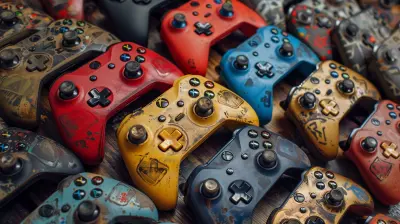
The Evolution of the Xbox Controller: A Complete Breakdown
Behind the Epic Sparkle: The Development of Iconic Legendary Items

How Virtual Reality Could Revolutionize the Future of E-Sports

Mastering the Grind: The Path to Earning Legendary Gear

Early Access Games That Reinvented Themselves After Player Feedback

The Benefits of Playing Early Access Games for Aspiring Developers

How to Earn In-Game Currency Without Dropping Real Cash

A Collector's Dream: The Rarest Legendary Items Ever Released

Legendary Artifacts: Balancing Power and Challenge